
It is a privilege to be the connection or the bridge between the artist whose work I admire and sharing that discovery with an individual or corporation or art collector. I love it!
1. What led you to the mission of being an art dealer?
I was an art history major in college. My dream job was to work in a museum and so I needed to go to graduate school. I hadn’t really ever thought of myself as an art dealer. That wasn’t an ambition or a life career goal.
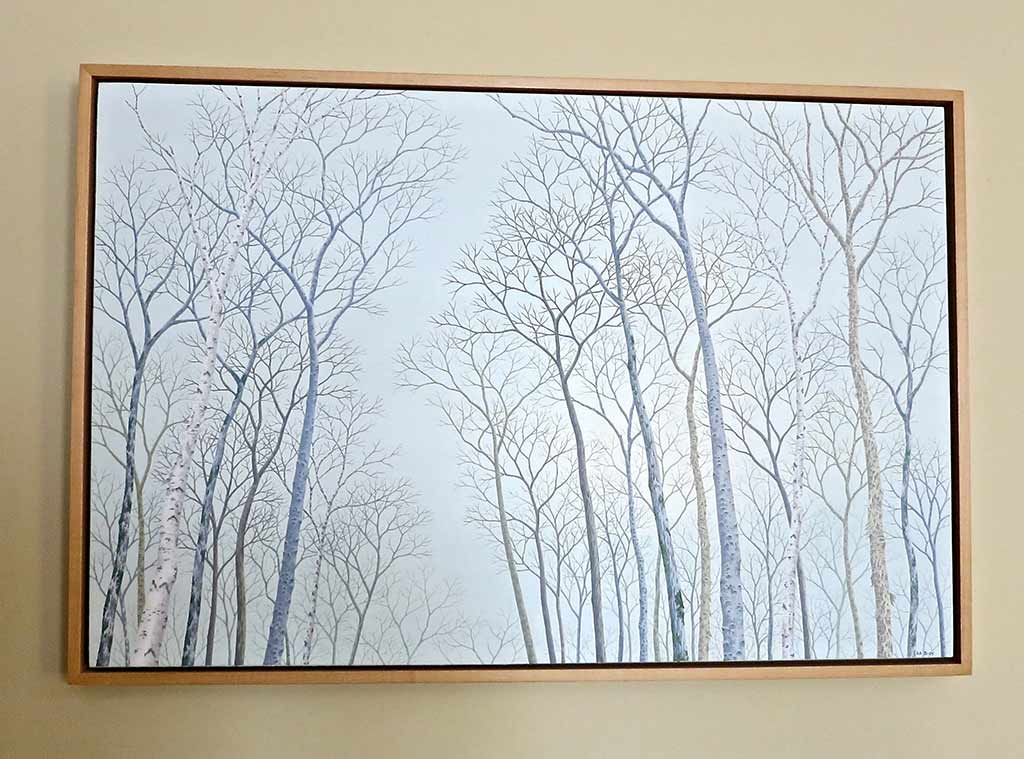 I applied to several museums and realized there were some skills that I needed before I could work at a museum. One of those skills was typing. I could go back and polish up my typing skills, but I didn’t really want to do that and I didn’t really want to be a secretary. I wanted to focus on art and also needed to earn some money for graduate school.
I applied to several museums and realized there were some skills that I needed before I could work at a museum. One of those skills was typing. I could go back and polish up my typing skills, but I didn’t really want to do that and I didn’t really want to be a secretary. I wanted to focus on art and also needed to earn some money for graduate school.
I got an unpaid internship at a New York art gallery. I discovered that I really loved working at that gallery. When the internship came to an end, I came home. Three days later the owner of the gallery called me and said, “Will you come and work for us?” I was overjoyed. I had discovered that I loved the marriage of art, art history, business and working with people. I fell in love with the commerce aspect of art and previously hadn’t thought a lot about art as a business. 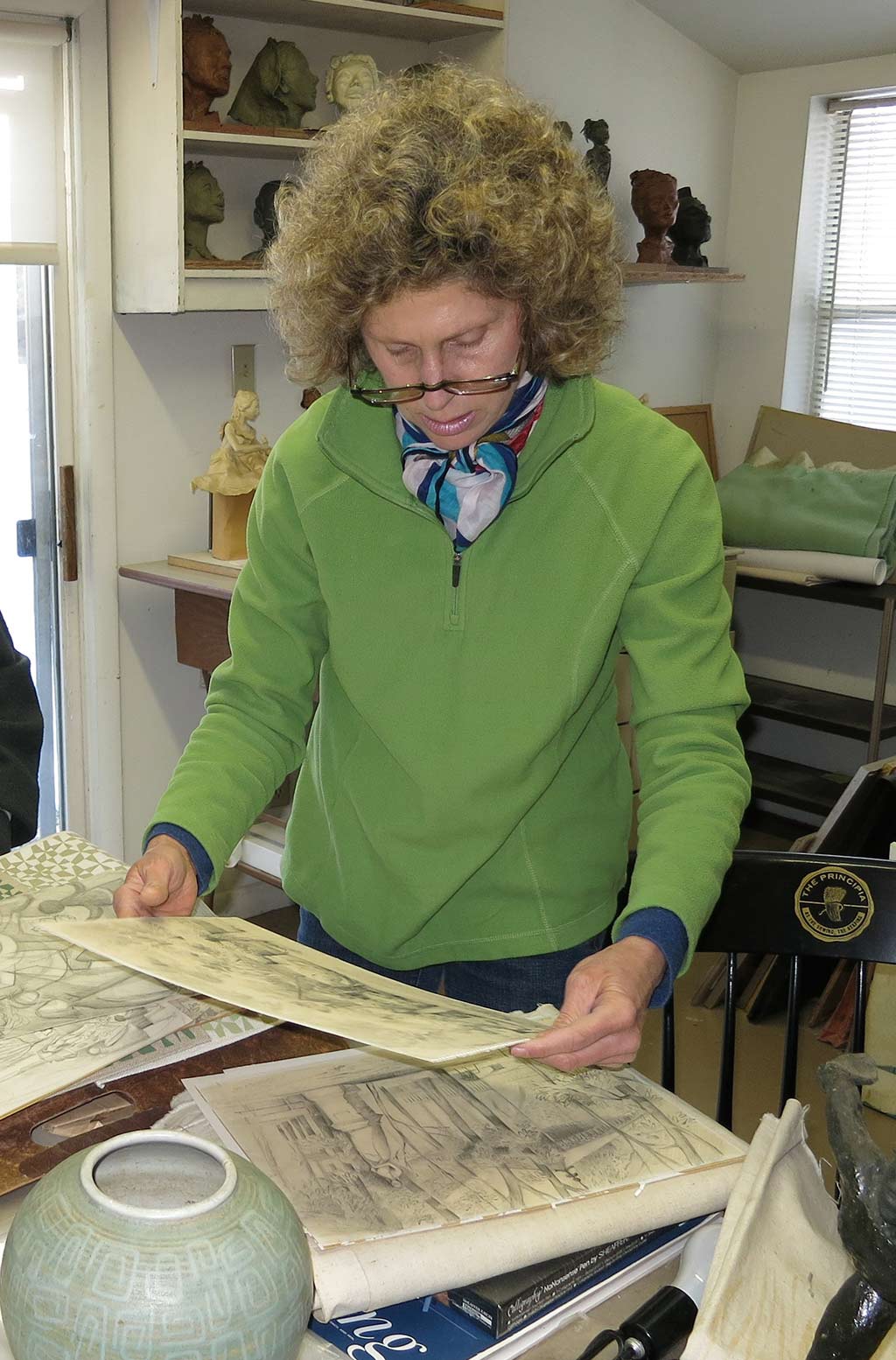 That was a feature that I learned working in an art gallery, doing research, sharing my findings with people, and then actually having the reward of being the bridge between the artwork and the new owner.
That was a feature that I learned working in an art gallery, doing research, sharing my findings with people, and then actually having the reward of being the bridge between the artwork and the new owner.
I was hired, working and thrilled to have a job. I like to work! I had a wonderful employer who was very trusting and took me under his wing. I was basically a sales person, but I got to do all my own research. His family had generations of experience with an art gallery specializing in nineteenth century American and European paintings. I did a lot of research and I had the opportunity to sell the paintings.
Three years he decided to break away and start his own gallery. He asked me to help. I had the experience of getting to do “A to Z” in the business. We started a new gallery because it had become harder to find good nineteenth century paintings. We were following some of the more traditional painters from the nineteenth and early twentieth century. We formed a group of American representational painters. This was an interesting and exciting opportunity for me to help select the painters.
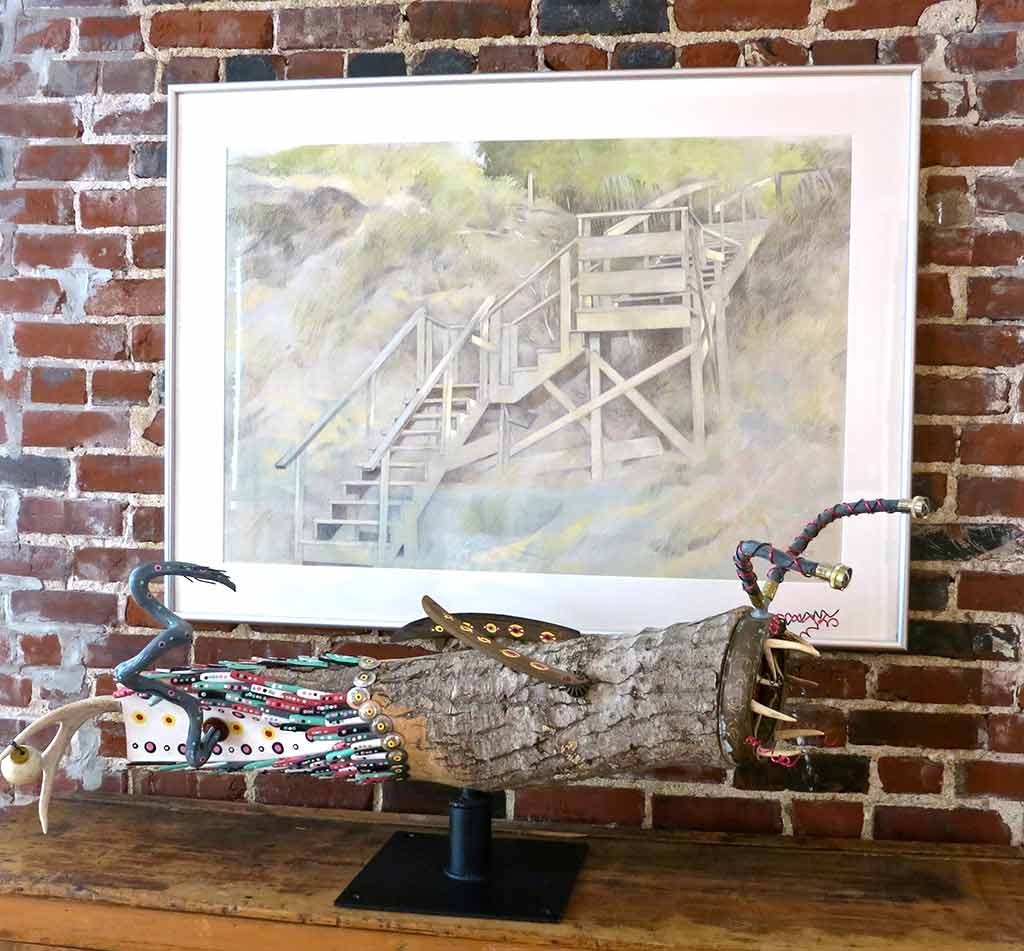 There were a lot of headaches with having a public gallery and dealing with living artists. My employer decided he wanted to be a private dealer. He decided that he was going to close his gallery. I was only twenty-six. I knew I really liked what I was doing. We were just starting to build some momentum and so I decided to continue being an art dealer at a gallery. I contacted a woman who had a gallery. In the past, I had helped her with some of her clients. I said, “Would you want to start an art gallery with me?” She thought about it for a while and she said, “Yes.”
There were a lot of headaches with having a public gallery and dealing with living artists. My employer decided he wanted to be a private dealer. He decided that he was going to close his gallery. I was only twenty-six. I knew I really liked what I was doing. We were just starting to build some momentum and so I decided to continue being an art dealer at a gallery. I contacted a woman who had a gallery. In the past, I had helped her with some of her clients. I said, “Would you want to start an art gallery with me?” She thought about it for a while and she said, “Yes.”
I absolutely adored David Findlay Junior. I was lucky to have started with him. He was very gracious and he helped me write a business plan. Only two months passed from October, when my employer said he was closing, until I signed a lease for a new gallery. 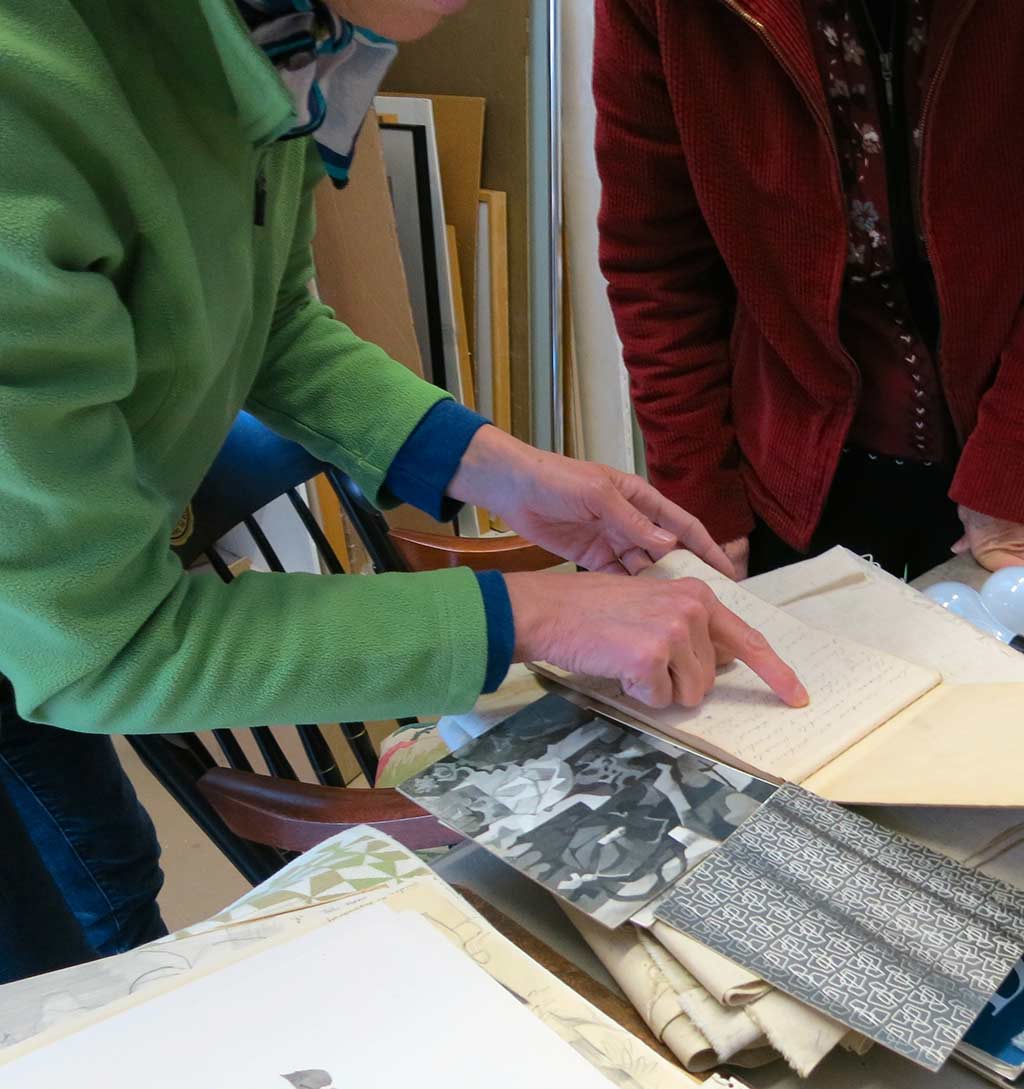 I moved down the street, signed a lease on a new gallery, we raised the money we needed, we got our backers, and we started.
I moved down the street, signed a lease on a new gallery, we raised the money we needed, we got our backers, and we started.
I was very fortunate to have one backer – my brother. My partner had five backers she knew from her work. They believed in us. We were able to start the gallery and become successful. I was very fortunate to realize that my ambition to go to graduate school and work in a museum, actually led me on this different course. I needed a job, I needed to earn some money to go to graduate school, but I never got to go to graduate school because I ended up working. I am a great believer in internships and I carried on and offered internships throughout the time I had the gallery.
2. What does this mission mean to you?
It’s the privilege to be the connection between the artist and the buyer – the new owner. I was able to share through exhibition. 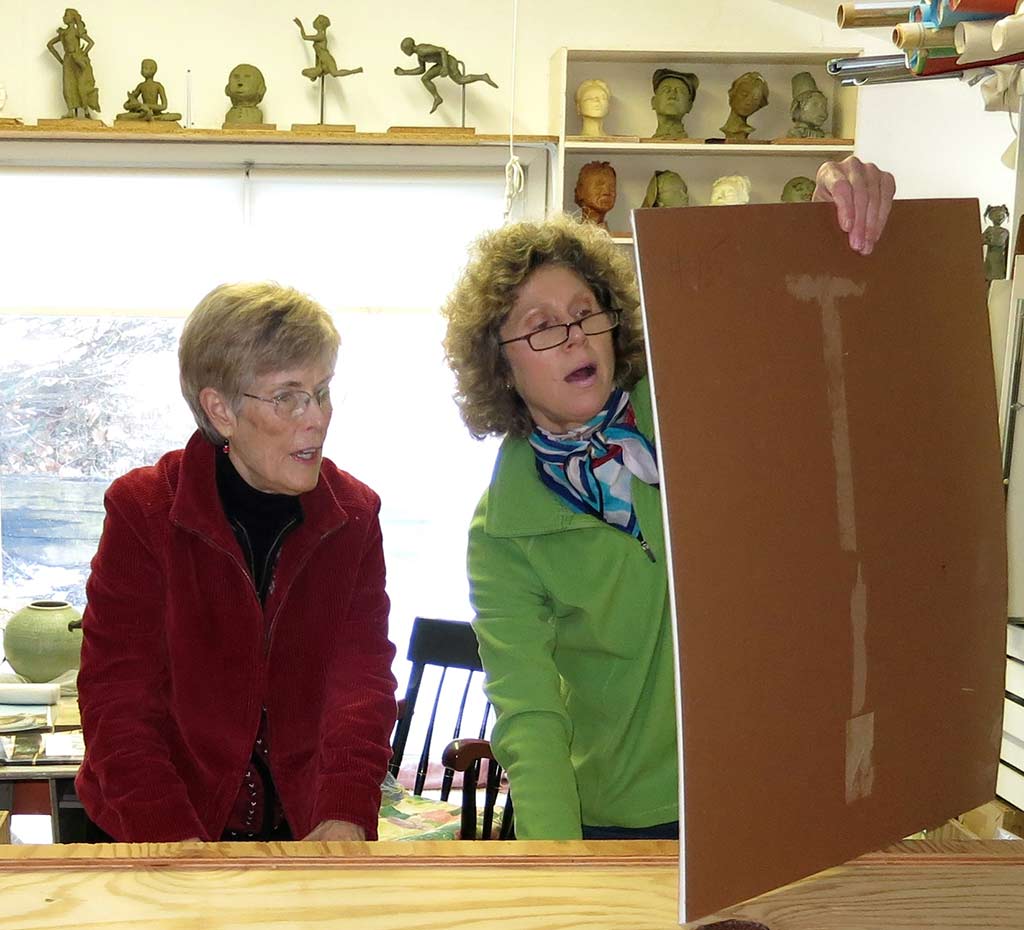 Then we did a lot of work in the back room. I was fortunate to develop a very loyal clientele and good group of loyal artists. I was an outsider in that I wasn’t part of any Ivy League group. I wasn’t a man. I wasn’t well connected socially. We just showed the artists that we believed in them. It was artwork that I loved to look at and found interesting.
Then we did a lot of work in the back room. I was fortunate to develop a very loyal clientele and good group of loyal artists. I was an outsider in that I wasn’t part of any Ivy League group. I wasn’t a man. I wasn’t well connected socially. We just showed the artists that we believed in them. It was artwork that I loved to look at and found interesting.
We were fortunate that we had the backers and we could get started. We were fortunate that my partner could come up once a month. I was there working six or seven days a week. I started with one assistant. It is a privilege to be the connection or the bridge between the artist whose work I admire and sharing that discovery with an individual or corporation or art collector. I love it!
3. What was your best day as an art dealer?
I always thought of Christmas when new work came in. 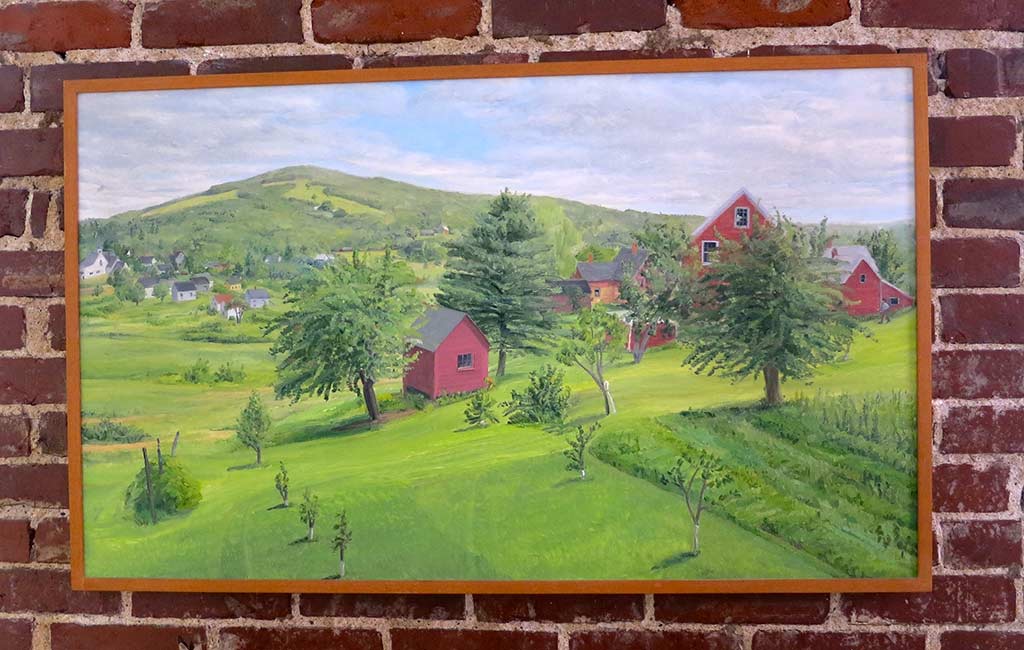 On a number of occasions, I had the pleasure of receiving work from artists who did not work locally. They entrusted me with their work. When we put up a show, we installed an exhibition and the artist would come for the opening. I would presell some of the paintings. Most of the artists work in isolation. They have little contact with people who find their work so meaningful and rewarding. The artist would be able to witness and share in their own accomplishment and being appreciated. They were gratified that their work was enjoyed and valued by others.
On a number of occasions, I had the pleasure of receiving work from artists who did not work locally. They entrusted me with their work. When we put up a show, we installed an exhibition and the artist would come for the opening. I would presell some of the paintings. Most of the artists work in isolation. They have little contact with people who find their work so meaningful and rewarding. The artist would be able to witness and share in their own accomplishment and being appreciated. They were gratified that their work was enjoyed and valued by others.
I had the privilege of working with a number of artists who had prominent careers in the forties and fifties and then had been eclipsed. I was able to see their careers resurrected and watch older artists feel that they were still appreciated and that their work still had meaning to a whole new audience. That was really meaningful.
4. What was your worst day as an art dealer?
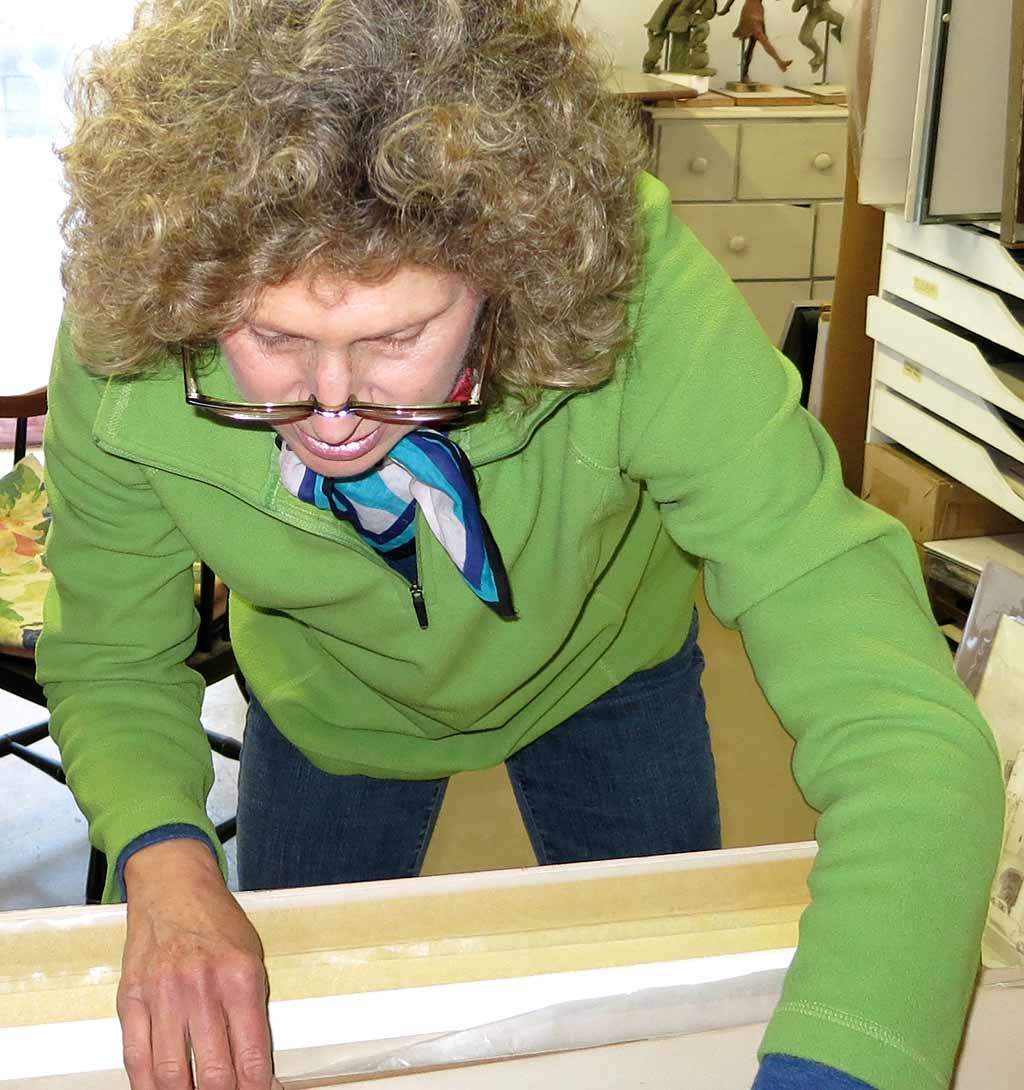 The worst day was when I had to visit an artist’s studio and say, “I don’t think this is work that we can show.” I didn’t like having to do that. I didn’t feel that I was justified in being an art critic. On one occasion I went to meet with an artist whose work we had shown very successfully. We had established an expectation.
The worst day was when I had to visit an artist’s studio and say, “I don’t think this is work that we can show.” I didn’t like having to do that. I didn’t feel that I was justified in being an art critic. On one occasion I went to meet with an artist whose work we had shown very successfully. We had established an expectation.
He decided to do a very different angry body of work. It was very heartfelt. However, I didn’t feel that it would serve his reputation to show that work. That was an extremely uncomfortable and difficult decision. I felt it was the right decision for the gallery and for him as his representative. That was my job as an art dealer to be his representative to the public. It was the right thing to say, “No. We are not going to show this right now.”
5. How did you survive your worst day?
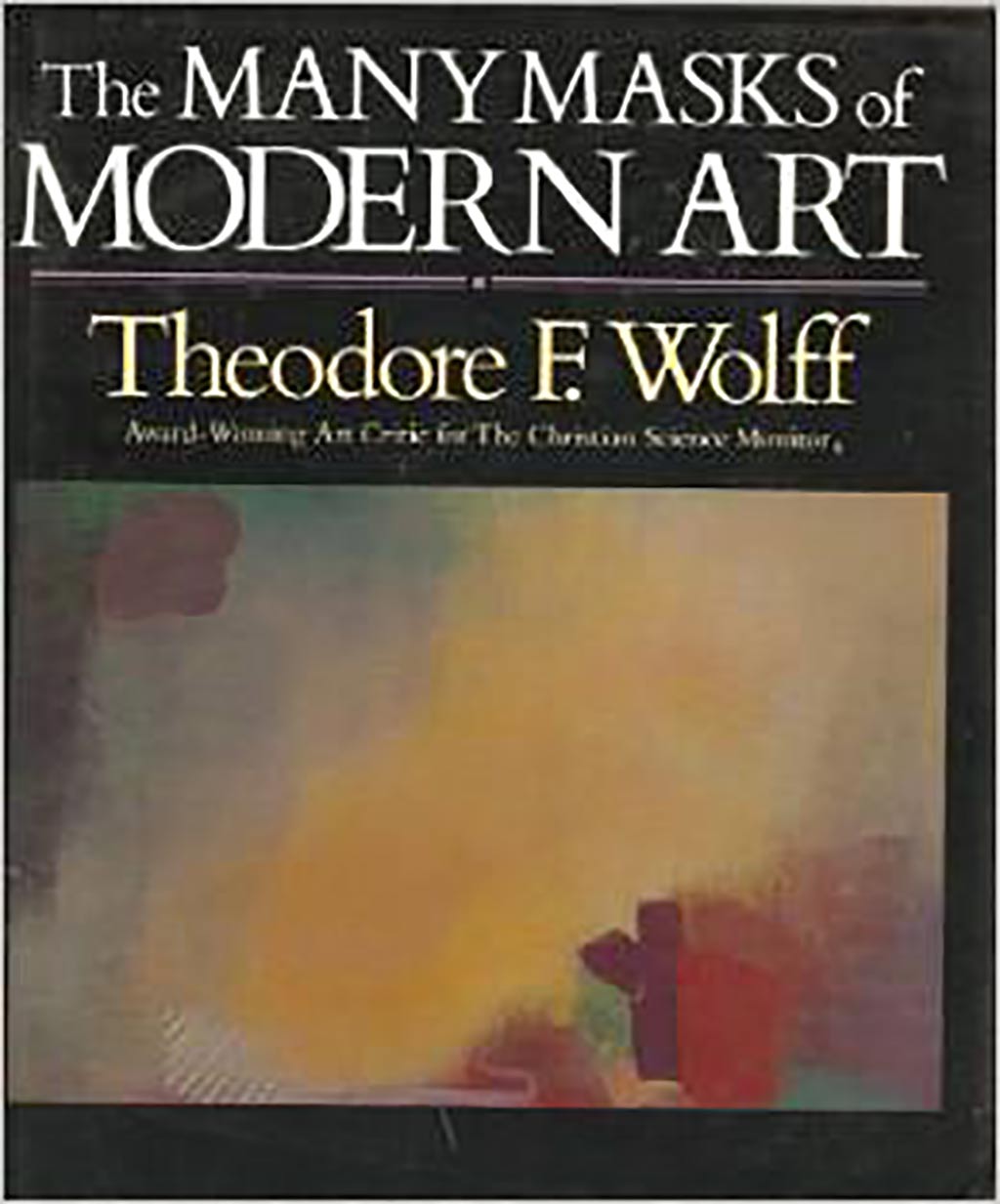 What helps me is support. I had a wonderful partner. I also had a great mentor, Theodore F. Wolff who was the art critique for the Christian Science Monitor. He also wrote a number of books. I would run things by him. To have his validation was very valuable. I was only twenty-six years old. I didn’t feel I was in a position – particularly telling older artists – what they should be doing. It helped immensely to have the support of people I trusted – both professionally and personally. They would say, “No this is the right thing. You need to follow all your instincts.” Or they would say, “I think you should think twice about that.”
What helps me is support. I had a wonderful partner. I also had a great mentor, Theodore F. Wolff who was the art critique for the Christian Science Monitor. He also wrote a number of books. I would run things by him. To have his validation was very valuable. I was only twenty-six years old. I didn’t feel I was in a position – particularly telling older artists – what they should be doing. It helped immensely to have the support of people I trusted – both professionally and personally. They would say, “No this is the right thing. You need to follow all your instincts.” Or they would say, “I think you should think twice about that.”
6. What advice do you have for someone who would like to become an art dealer?
People ask me all the time and quite frankly I often caution them. The art world has so changed. I was really privileged to be in the art world when I was. It has become so commercial. That is one of the reasons I closed my gallery.
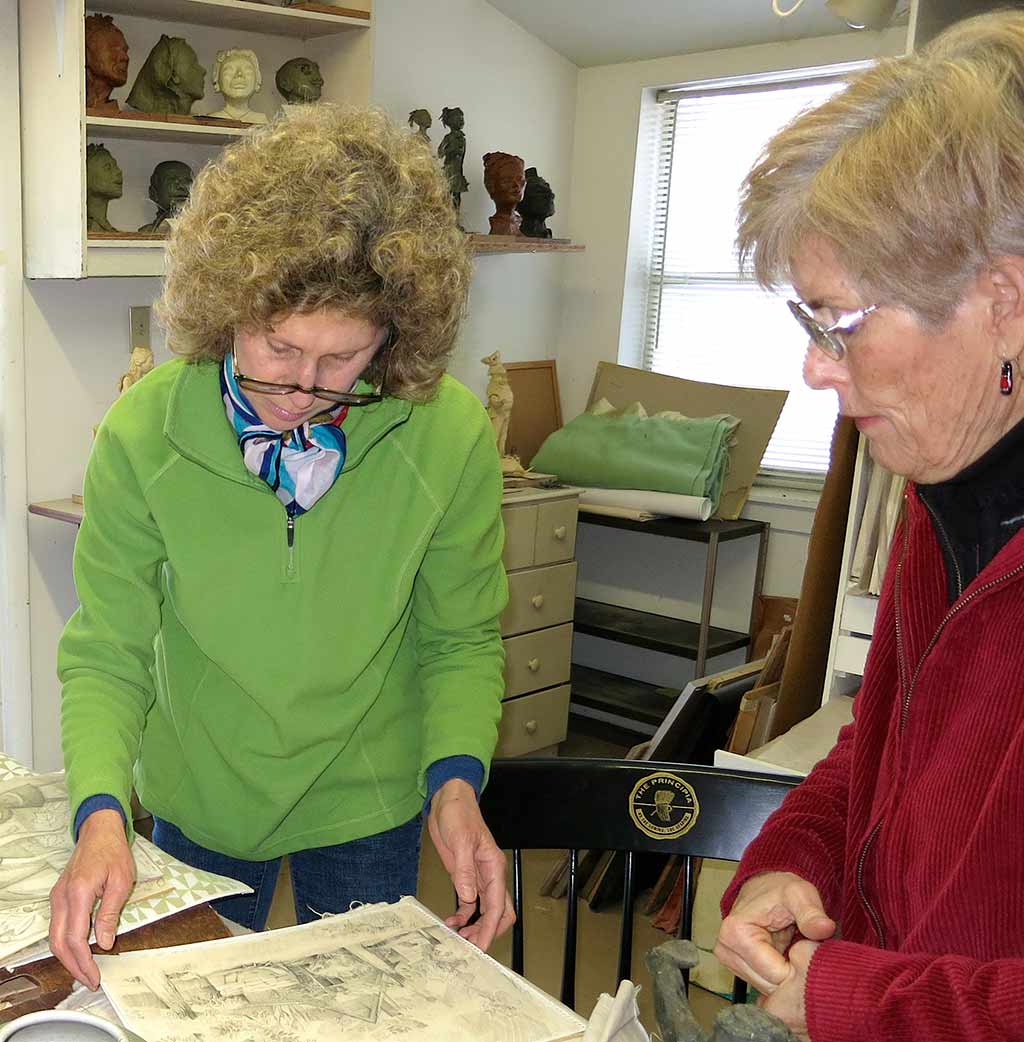 What is so very, very difficult is the amount of money it takes to support a gallery and the competition in an art market that is so driven by money. The people buying now are usually speculating with their money.
What is so very, very difficult is the amount of money it takes to support a gallery and the competition in an art market that is so driven by money. The people buying now are usually speculating with their money.
I had a three thousand square foot gallery on 57th Street in New York City. It was gorgeous. It was in the Fuller Building. Now the rent is so expensive that the building is filled with stores like Gucci and Coach. They are the only ones that can afford the rents. But I had this beautiful space where I was able to have exhibitions and spend six or seven days a week. I loved this space and it was a wonderful little oasis. It was very soothing and calm. There was beautiful artwork and a beautiful back room. People liked coming there.
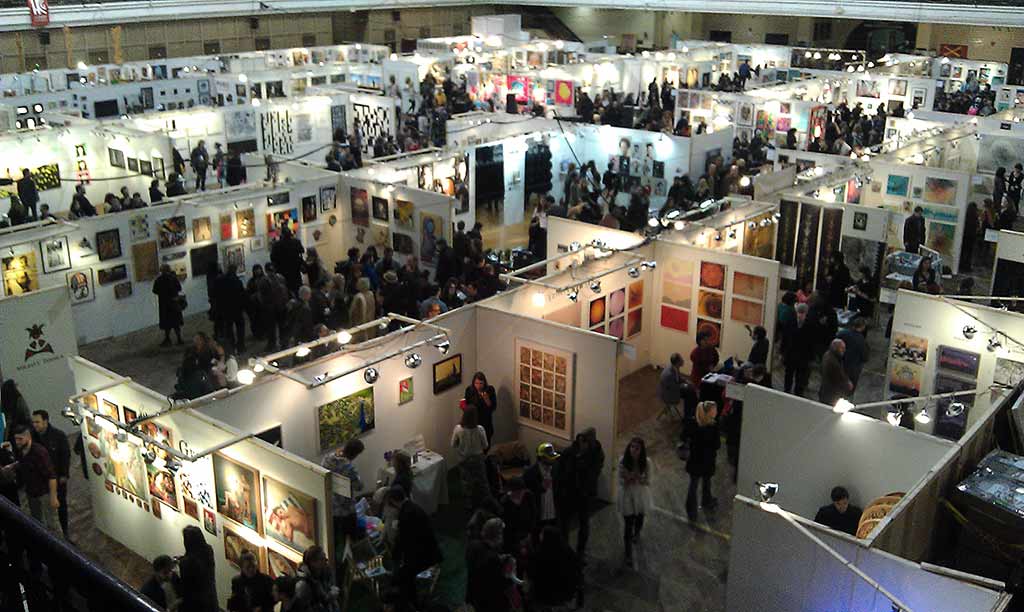 What happens now is that dealers can’t do that any more. You have to be travelling all the time. You are at art fairs. You are visiting clients. You are taking hotel suites with your artwork. You are constantly travelling. You do not have the luxury of being in one place any more. I don’t think I could have done that and can’t imagine doing it now.
What happens now is that dealers can’t do that any more. You have to be travelling all the time. You are at art fairs. You are visiting clients. You are taking hotel suites with your artwork. You are constantly travelling. You do not have the luxury of being in one place any more. I don’t think I could have done that and can’t imagine doing it now.
I’ve work at art fairs. Today being a art dealer might feel more like being a carpet bagger. It requires such a hustle. You have to have a space in New York, Chicago, or Los Angeles, but you have to constantly be going out and being seen at art fairs. It is all about advertising your self.
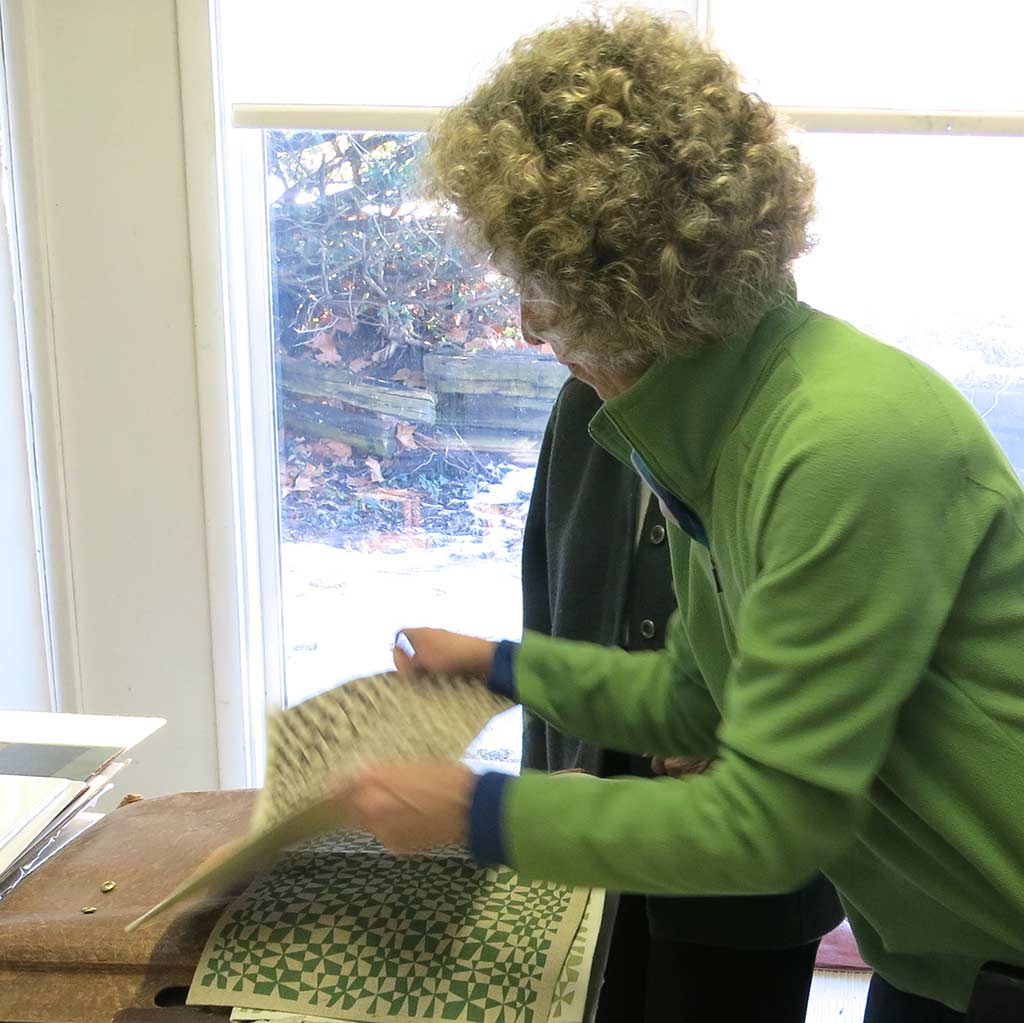 What my clients enjoyed and why they liked working with me – a nobody – was that I was very private. Besides selling the work of people I represented, I often would represent clients building art collections. I might go to auctions with them or go to other dealers and put together collections for them. They could be anonymous and I could do the research and be the consultant for them.
What my clients enjoyed and why they liked working with me – a nobody – was that I was very private. Besides selling the work of people I represented, I often would represent clients building art collections. I might go to auctions with them or go to other dealers and put together collections for them. They could be anonymous and I could do the research and be the consultant for them.
Someone going into the art business today has to go into it with the absolute conviction in their own ability to find and nurture artists that they believe have intrinsic value and are authentic in their expression.
- « Previous person: Charlotte Manges
- » Next person: Julie and Keely Pettijohn